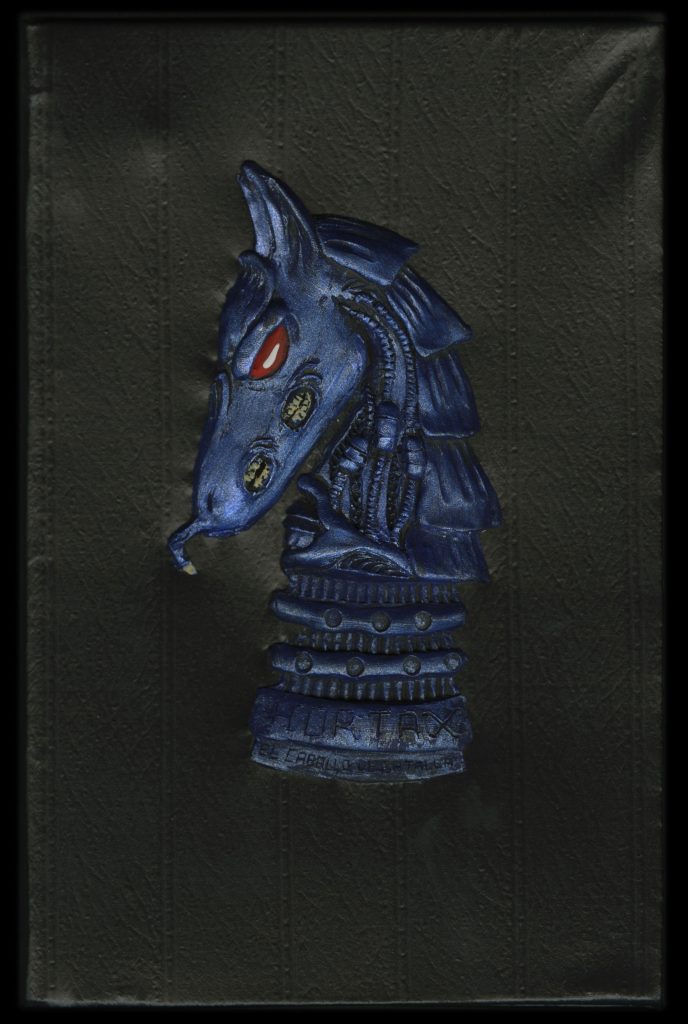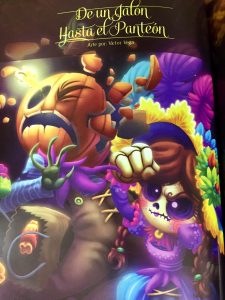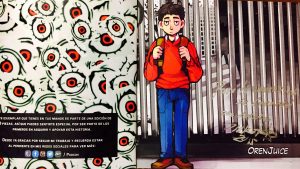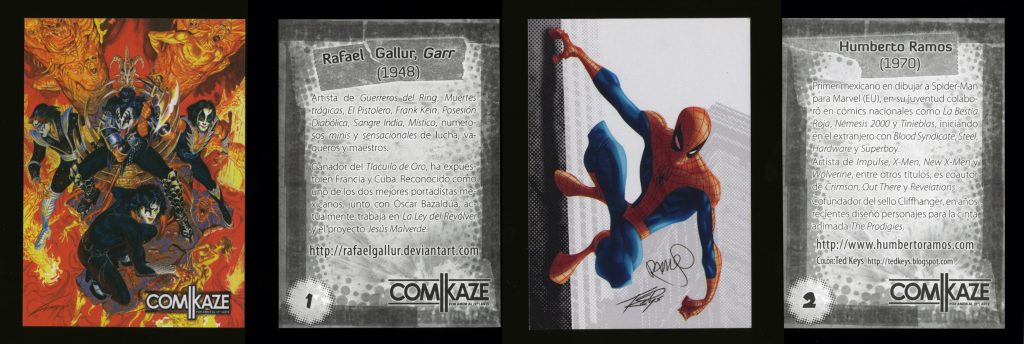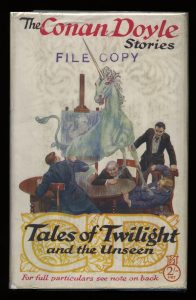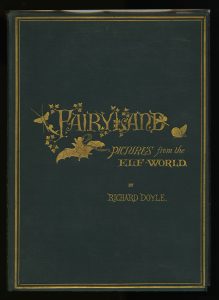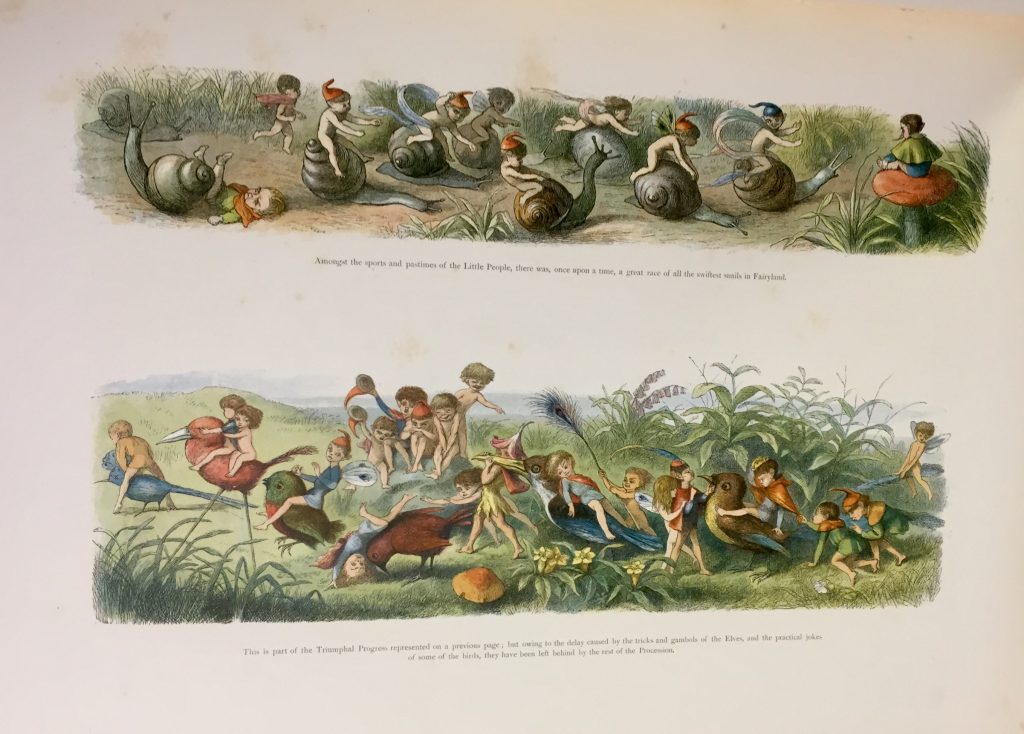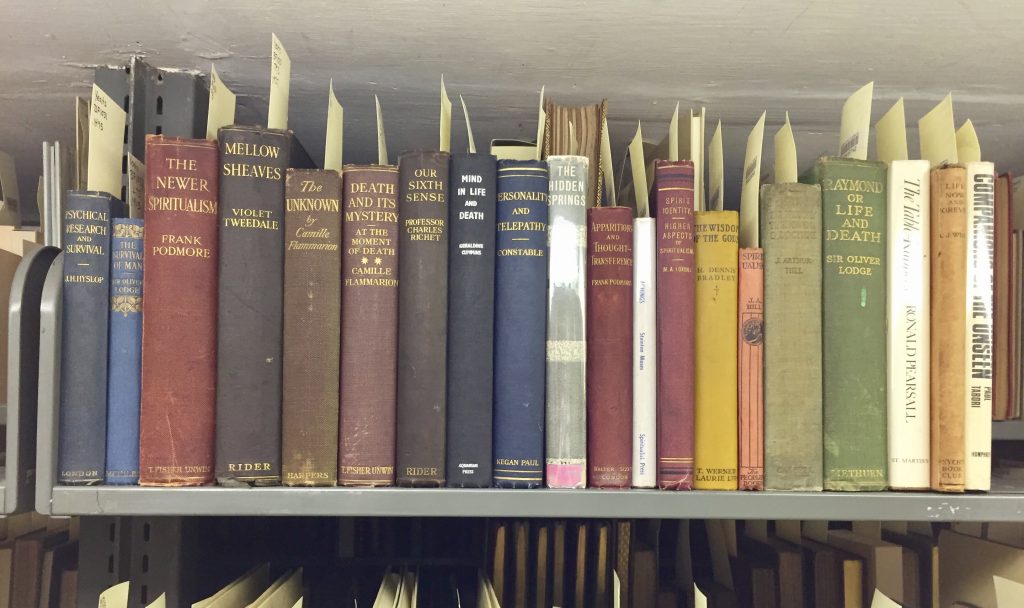
Les declinaisons des noms et verbes… is part of the Estienne Imprint Collection, a collection of more than 500 titles printed by the Estienne family of scholar-printers in sixteenth-century France, presented by the Hanes Family Foundation as the University Library’s three-millionth volume. It was also the first treatment project to greet me when I began my job in Wilson Library’s Special Collections Conservation Lab last November.
The 1545 text was rebound in the 19th century by the Parisian firm Lortic in a style typical for fine bindings from that time and place. Accented with gold tooling, the brown calfskin binding has an overall feeling of refinement thanks to its careful decoration and delicate profile. The binder achieved this profile by paring the covering leather thinly enough to emphasize, rather than obscure, the sharp contours of the corners, caps, and raised bands. Though a sophisticated choice aesthetically, the thinly pared leather was weak. It had split over the book’s front joint, leaving the spine piece partially detached and vulnerable to the loss of its uppermost panel. The Rare Book Collection curator had selected the volume for conservation because its condition left it at risk for further loss during research use.
Though the damage appeared dire, the book’s binding had served its intended function by protecting the contents inside. The internal structure was intact, with the pages held together securely and the paper strong and flexible. Repairing a binding can often be simpler than stabilizing internal issues such as broken sewing threads, and less time consuming than extensive mending of torn pages. In this case, my treatment objectives of rebuilding and reattaching the compromised leather spine would be relatively straightforward to accomplish.
To create a replacement spine panel, I used cotton blotting paper as a base. This material, like all we use in conservation, is designed to remain stable over time. It can be layered and/or delaminated to approximate the thickness and shape of the missing material, and its edges can be easily feathered to create a non-damaging intersection with the original materials of the binding. Because the blotting paper is bright white, I then needed an outer layer to visually assimilate my repair with the book’s covers and to join the detached edge of the spine to the front board. While new leather might seem the obvious choice to repair old leather, a long-fibered brown paper from Japan was more appropriate for the context. This lightweight, strong tissue, made from kozo (mulberry) bark, is more stable than leather and can integrate less invasively and less obtrusively with a variety of materials. The efficiency of its working properties is key in our library setting, where only two conservators have responsibility for a vast collection.
In my treatment, I aimed to only roughly match the missing spine panel’s shape, thickness, and flexibility, along with the covering leather’s color and texture; I also opted not to re-create any missing decoration. These decisions allow the book to function and to be experienced as whole, while still signaling the interloper status of the replaced spine panel. They also reduced the amount of time the book spent in conservation. Researchers can now access the book comfortably, focusing on its contents rather than worrying that it will fall apart as they use it.

